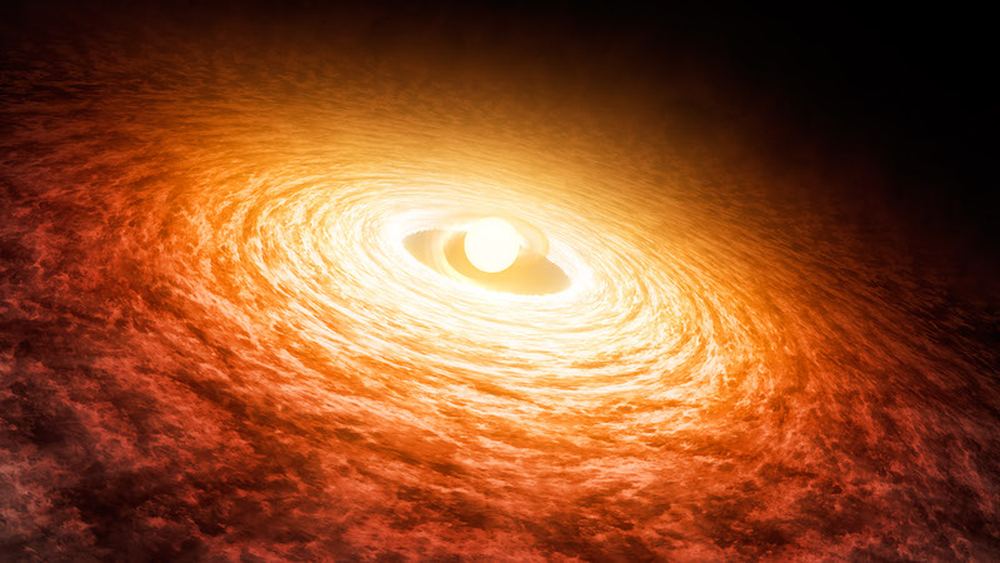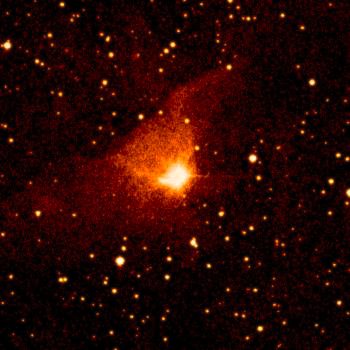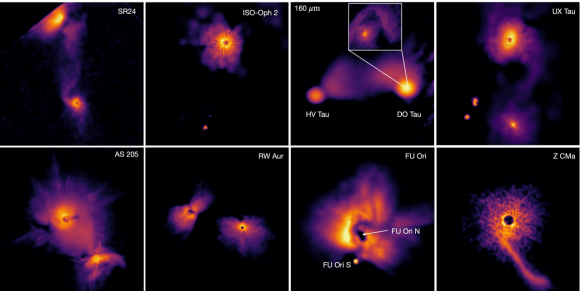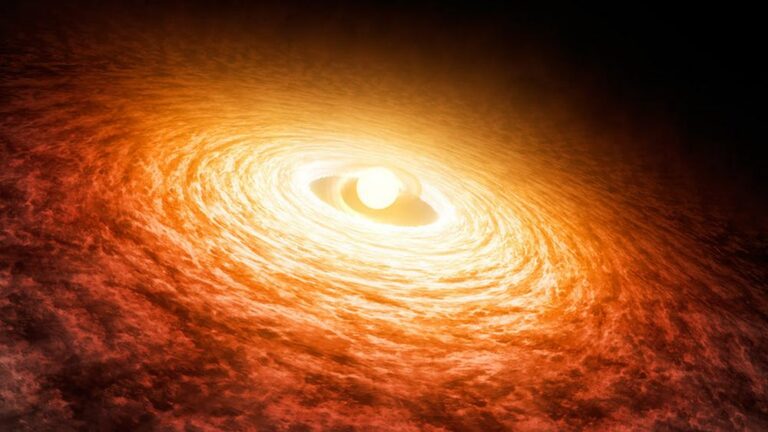Newly Forming Planetary Systems are Permanently Changed by Stellar Flybys
What are the similarities between UX Tauri, RW Aurigae, AS 205, Z CMajoris, and FU Orionis? They include disks where planets may develop and are young star systems. It indicates that recent star flybys or other near encounters affected those disks. The creation of planets in the disks was disrupted by such events, according to astronomers. How do they behave? Do other systems experience this? Did our own solar system have an unusual meeting while it was young?

Some answers lie in a study made by astronomer Nicolás Cuello of the University of Grenoble Alpes who heads a team that studies the role of stellar flybys. In a recent paper, they discuss the processes these systems undergo. They examined the chances of any given disk experiencing a flyby/encounter and classified the types of encounters. The team also studied a set of disks to understand what happens during each type of encounter and looked at the implications of flybys for planet formation in other systems. Finally, they looked at possible clues to a flyby that our own Solar System might have experienced.
Intruder Alert! Disk Under Attack!
Everything starts when stars are born in gas and dust clouds. Large groups of hot, young stars are grouped together as a result of the process. Some of the clusters vanish over time. Planet-forming disks may be disturbed as stars depart the nest since they may pass quite near to neighboring systems. Near encounters may likely stir up or potentially rupture these disks at some time in their evolution, according to Cuello and his team’s findings.
Cuello stated in an email exchange that “stellar flybys and interactions happen more frequently than previously believed.” These most likely occur when young stars (less than a million years old) with nearby planet-forming discs are present. The gravitational perturbation of surrounding stars has a significant impact on these discs, changing the initial circumstances prior to planet formation. Because of this, it needs to be accounted for in our models.
Cuello says that flybys are not very uncommon. According to him, at least half of the stars and their discs are impacted by or sculpted by flybys. The chance of such perturbations reduces with time but never reaches zero, which is a crucial point to emphasize. Thus, even more advanced stars (with nearby planetary systems) are capable of encountering a flyby at some point in their existence. Then, certain planets could have orbits that are not lined with the rest of the planetary system or even wind up being caught by the perturber star.

How Much Damage Can a Stellar Flyby Do?
Distances matter in normal star-forming areas. Near-close flybys—those that occur within a thousand astronomical units—occur for the vast majority of stars with protoplanetary disks. That is about similar to the distance in our solar system between the Sun and the Oort Cloud. A disk can be seriously disturbed by some of such contacts. For instance, if an intruder star penetrates the disk while moving retrograde in a parabolic orbit, it may cause enough harm to change the disk’s form. Sometimes an intruder’s harm results in the development of a second disk of material.
The star FU Orionis is in fact experiencing this. The star FU Orionis seems to brighten by a factor of a thousand in roughly a year as a result of a near stellar pass that smashed through its disk. These disturbances are also visible in other immature systems.

The disk experiences “tidal truncation” during some interactions. This can reduce the disk’s bulk by as much as 80%. Due to the encounter’s reduction in the material needed to create protoplanets, planet formation is severely hampered. Dust traps could potentially be produced by such flybys. If given enough time, those areas may be where planetesimals develop.
A close flyby may occasionally disperse planets within systems or perhaps expel one. Those left behind may be pushed into eccentric orbits that are out of alignment with the plane of the system, like Pluto’s. (To be clear, a flyby is not the cause of Pluto’s peculiar orbit. It’s more plausible that Neptune and other large planets’ gravitational effects formed its peculiar orbit.)
Stellar Flybys and Our Solar System
Did stars in our own solar system pass by during formation? In their study, Cuello and his coworkers consider this option. The solar nebula may have been formed by such an encounter in or very close to our birth cloud. In the end, that would have affected the bulk and size of the disk. Unbelievably, the protosolar nebula where the Sun was formed was left in a rather round shape, and most of the planets move in quite circular, regular orbits. It’s difficult to say how many times this may have occurred.

However, Cuello and his team came to the conclusion that the distribution of trans-Neptunian objects may have had an impact on the solar system’s orbital configuration (the region just beyond Neptune, where Pluto orbits). It’s also feasible that one or more stars impacted the Oort Cloud during their passage through it. To determine if this theory holds true, astronomers have identified a few candidates that they are examining.
Our solar system has undoubtedly had additional, more recent encounters during its long history. For instance, Scholz’s Star is assumed to have traversed the Oort Cloud some 70,000 years ago. This binary star is currently 22 light-years from Earth. No planets’ orbits seemed to be impacted by the passage, but it most likely had a very modest impact on the amount of Oort Cloud objects that were ejected into long-period orbits around the Sun. It’s still a good illustration of how a passing star might affect a planetary system or a protoplanetary disk.
Source:universetoday





0 Comments